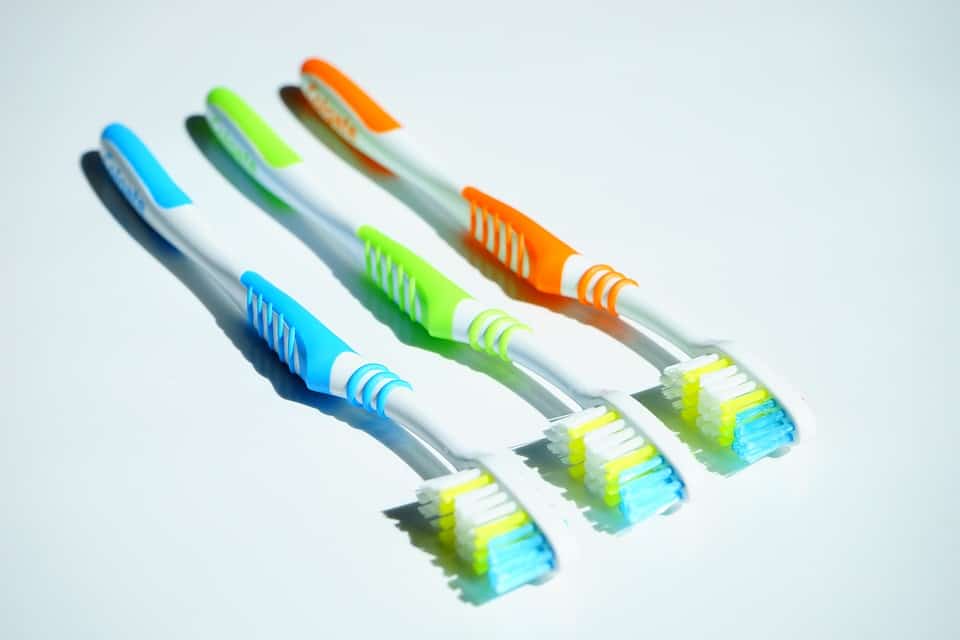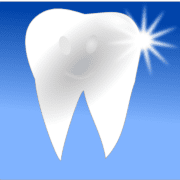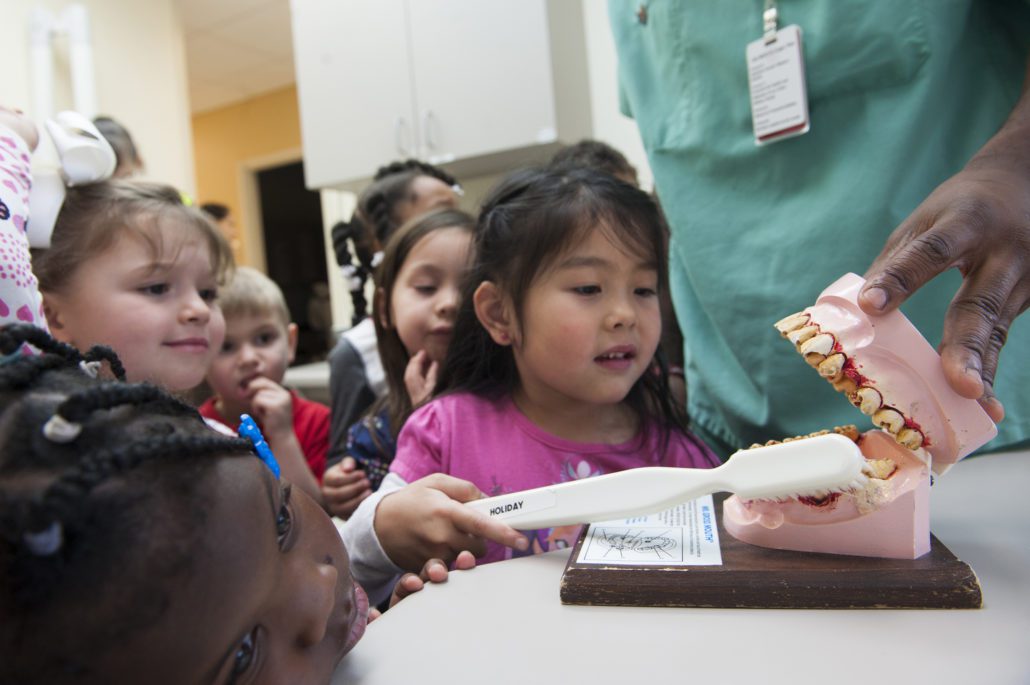Heart disease is one of the country’s top killers, and most people do not realize that there is a link between dental hygiene and heart disease. Gum disease, in particular, can increase the chances of developing heart disease according to research studies. Good dental hygiene and teeth cleaning needs to be a regular daily event, and with the help of your dental hygienist, you can prevent gum disease and cavities.
Your Dental Hygienist
Visits to the dental office usually involve meeting with both a dental hygienist as well as the dentist. The hygienist will examine your general dental health as well as clean and scale (scraping off buildup) your teeth. Visiting your hygienist every six months will allow you to maintain a healthy dental routine and regular cleanings.

What You Can Do
Dental hygienists will clean and scale your teeth every six months. However, it is your responsibility to keep up the care and cleaning in between. They will recommend regular practices and a routine for you to follow. Sticking to the plan strictly is the best way to protect your teeth and gums. In the event visits to the dentist are further apart, following the practices can help keep teeth healthy in the meantime.
Tooth Brushing
The first necessary act in protecting against dental disease is brushing your teeth. A toothbrush will not remove tartar, which is a calcified plaque that has hardened over time, but since plaque turns into tartar, it is the best place to start. As we eat, the bacteria (plaque) feeds on the sugar in foods and forms a substance that will irritate gums and cause tooth decay Gum damage can lead to gingivitis or advanced periodontal disease, and tooth decay is the start of cavities, all of which can be prevented by removing plaque.
Brushing Tips
A toothbrush should comfortably fit in your mouth, while brushing in any direction, with smaller brushes often being better choices. Toothbrushes can be hard, medium and soft with softer ones being preferred by dentists because they are less likely to cause gum abrasions. Replacing your toothbrush regularly is essential; take care to note when the bristles begin to spread out from their standard rectangular shape.
Toothpaste choices are abundant which can be confusing. Research from Dr. Greene, one of the dentists in Kirkland, shows that professionals prefer the use of fluoride toothpaste as these are better at preventing cavities and work towards strengthening your enamel. A small pea-sized amount is all that is needed for all your teeth, despite the images shown in commercials. All that is left is to add some water to your brush and paste, and you are ready to go, starting with a couple of teeth at a time, moving in small circular movements.
The best way to clean your gum line is by keeping the brush at a 4-degree angle, bringing the bristles close to the gum and wiggling the brush gently. Do not forget when you get to the teeth, clean all three surfaces; the chewing surface and both cheek and tongue sides. The inner tongue side is best cleaned with the brush in a vertical position and an up and down motion. If you are prone to bad breath, also gently brushing the sides of your cheeks and tongue can help.
Gentle brushing is essential, so as not to scratch or irritate your gums. Some think the removal of plaque requires harsh brushing, but gentle circles will take care of the job correctly. The total brushing time should be between 2 and 3 minutes and is recommended at least once a day before bed. Brushing after breakfast too is also beneficial. For those who wear dental hardware like braces, brushing after each meal is strongly recommended.
Toothbrushes not only come in different textures, but you also get a selection of manual or electric versions. The electric brushes are increasingly more accessible, but there is no proof that they are any more efficient or better at cleaning than manual brushes. Since there is statistically no evidence that one is better than the other, the choice of the toothbrush is merely a personal preference. Regular and thorough brushing will be effective with either type of rush.
For those who do prefer an electric toothbrush, the options with oscillating bristles (rotating in a circular motion) will be the most effective. Again softer bristles are better as well as ensuring your choice of electric brush fits comfortably in your mouth.
Tooth Flossing
Evidence shows that flossing along with brushing is the most effective way to remove plaque, which will prevent cavities and protect against gingivitis better than just brushing. Using floss allows you to reach between teeth clearing away the plaque most responsible for cavities. Learning the correct flossing technique from your dental hygienist is important because a poor technique can damage gums and cause bleeding and possible infections.
It is best to start with one tooth and proceed in a set order to be sure you don to miss a tooth. Use a strand that is roughly 15 to 20 inches long and wrap it around your index fingers leaving about 2 inches between them. Carefully place floss between the teeth and press gently; being too rough and forceful can cause bleeding gums. Form a C-shape with the floss and gently move it up and down the tooth making sure it stays pressed tightly against the surface and repeat for both sides.

Mouth Rinses
There is mixed evidence when it comes to the effectiveness of mouth rinses regarding removing bacteria. Some reports have it as working better than floss whereas others say the opposite. When it comes to dental professionals, most will advise that regular brushing and flossing are best for overall tooth care and mouth rinses are useful as an additional treatment. Mouthwash is, therefore, generally considered a personal preference.
Partner With Your Dental Hygienist
To ensure the best care for your teeth, work with your hygienist on a plan. Based on your situation, they can help you to develop a routine to protect your teeth and gums. Regular brushing and flossing with an approved technique can keep your mouth free of plaque and tartar. Keeping your “scheduled cleaning visits along with your maintenance will be the most effective way to prevent against periodontal disease, jaw damage, cavities and large dental bills.” as shared by Dentists in Maple Ridge. Even though the dental community will help you, your teeth are your responsibility, so once you have a plan, make sure to stick to it.
 White teeth are something that a lot of people around the globe want to have, but they are not sure if they should go ahead and attain it due to being nervous about the possible adverse effects that could result from chemicals used in teeth whitening techniques.
White teeth are something that a lot of people around the globe want to have, but they are not sure if they should go ahead and attain it due to being nervous about the possible adverse effects that could result from chemicals used in teeth whitening techniques.










